Rising Demand in Pharmaceutical Sector
The pharmaceutical sector is experiencing a notable surge in demand for chromatography columns, driven by the need for efficient drug development and quality control processes. As the industry focuses on ensuring the purity and efficacy of pharmaceutical products, chromatography columns play a crucial role in analytical testing and separation processes. The chromatography columns market is projected to witness substantial growth, with estimates suggesting a compound annual growth rate (CAGR) of around 6% over the next few years. This growth is largely attributed to the increasing number of drug approvals and the rising complexity of drug formulations, necessitating advanced separation techniques. Furthermore, regulatory bodies are emphasizing stringent quality standards, further propelling the demand for reliable chromatography solutions in the pharmaceutical landscape.
Expansion in Biotechnology Applications
The biotechnology sector is increasingly adopting chromatography columns for various applications, including protein purification, biomolecule analysis, and metabolomics. This trend is indicative of the broader shift towards biopharmaceuticals, which are gaining traction due to their targeted therapeutic effects. The chromatography columns market is likely to benefit from this expansion, as biopharmaceutical companies require sophisticated separation technologies to isolate and purify complex biological molecules. Market data suggests that the biotechnology segment could account for a significant share of the chromatography columns market, with projections indicating a growth rate of approximately 7% in the coming years. This growth is fueled by advancements in bioprocessing techniques and the increasing investment in biotechnological research and development.
Technological Innovations in Column Design
Technological innovations are reshaping the chromatography columns market, leading to the development of advanced column designs that enhance separation efficiency and reduce analysis time. Innovations such as monolithic columns and high-performance liquid chromatography (HPLC) systems are gaining traction, offering improved resolution and faster throughput. These advancements are particularly relevant in industries such as food and beverage, where rapid testing and quality assurance are paramount. Market data suggests that the introduction of these innovative column designs could lead to a market growth rate of approximately 5% over the next few years. As industries increasingly prioritize efficiency and accuracy in their analytical processes, the demand for cutting-edge chromatography solutions is expected to rise.
Increased Focus on Environmental Sustainability
The chromatography columns market is witnessing a shift towards environmentally sustainable practices, as companies strive to reduce their ecological footprint. This trend is reflected in the development of eco-friendly chromatography materials and processes that minimize waste and energy consumption. Regulatory pressures and consumer preferences are driving this change, prompting manufacturers to innovate and adopt greener technologies. Market analysis indicates that the demand for sustainable chromatography solutions is likely to rise, with a projected increase in the adoption of biodegradable and recyclable materials in column manufacturing. This focus on sustainability not only aligns with The Chromatography Columns Market appeal of chromatography columns, potentially attracting a broader customer base.
Growing Applications in Food and Beverage Industry
The food and beverage industry is increasingly utilizing chromatography columns for quality control, safety testing, and flavor profiling. This trend is driven by the need for stringent quality assurance measures and compliance with food safety regulations. The chromatography columns market is likely to see a significant uptick in demand as food manufacturers adopt advanced analytical techniques to ensure product integrity. Industry expert's indicate that the food and beverage sector could represent a substantial portion of the chromatography columns market, with a projected growth rate of around 4% in the coming years. This growth is fueled by the rising consumer awareness regarding food safety and the increasing complexity of food products, necessitating reliable separation and analysis methods.


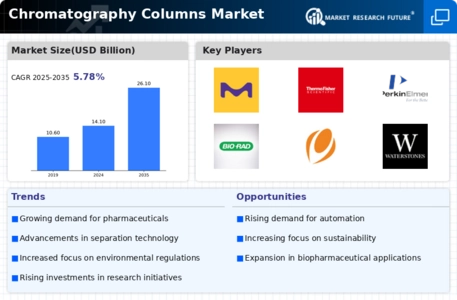
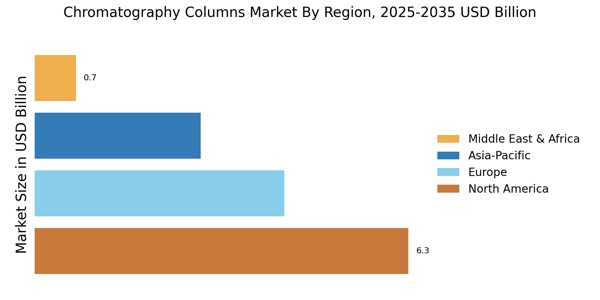
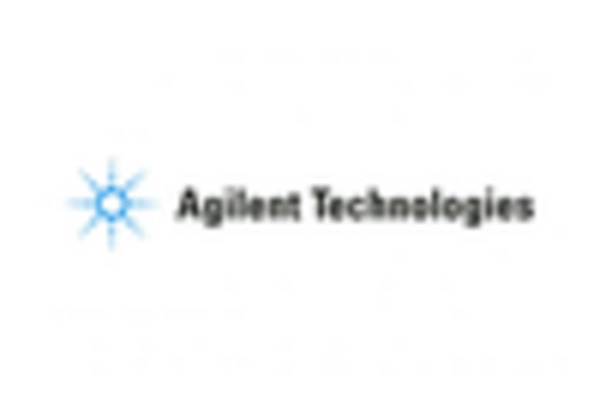
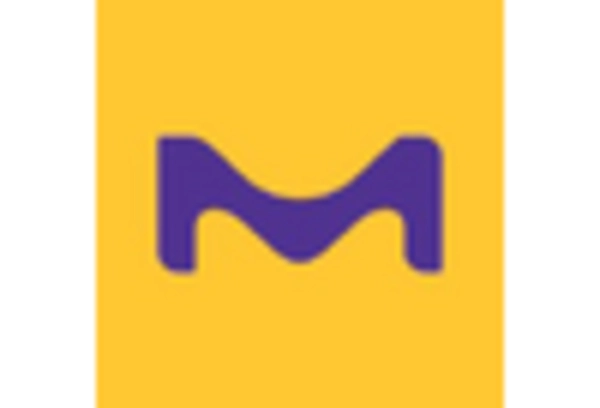
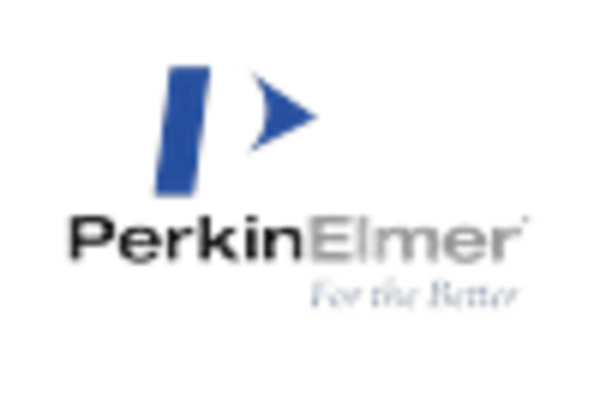
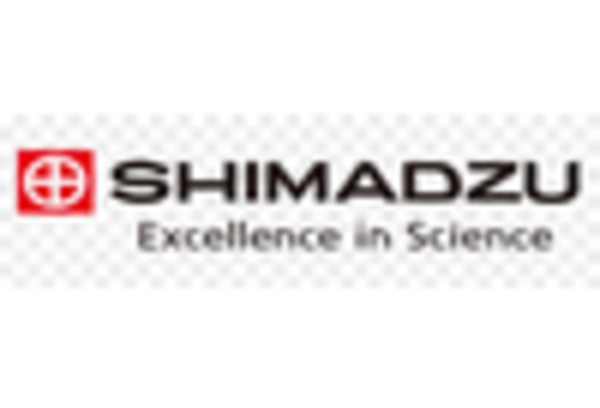
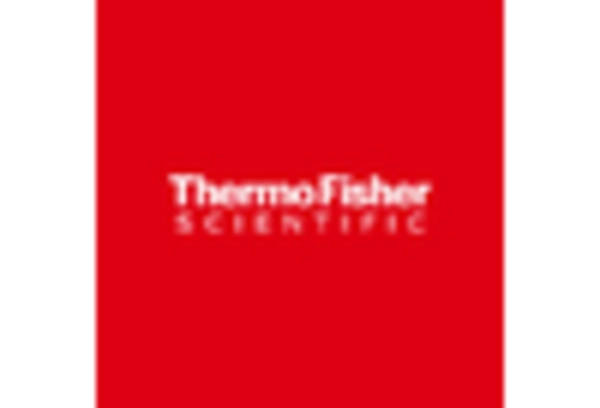
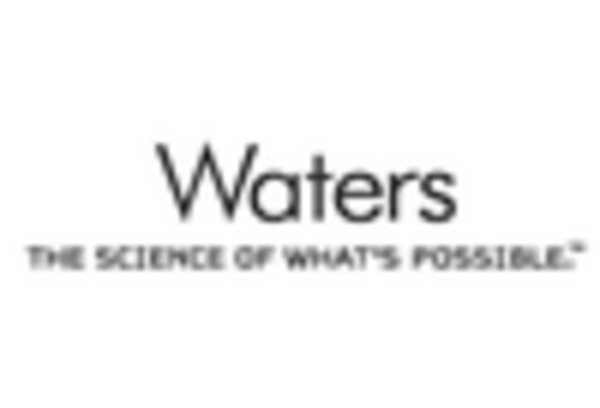








Leave a Comment